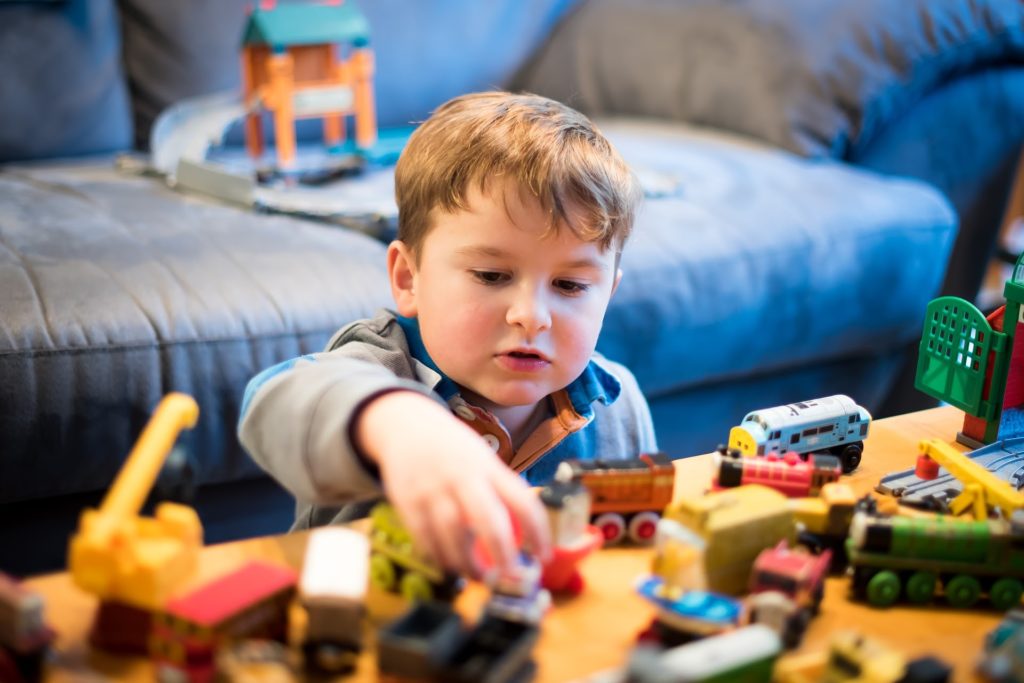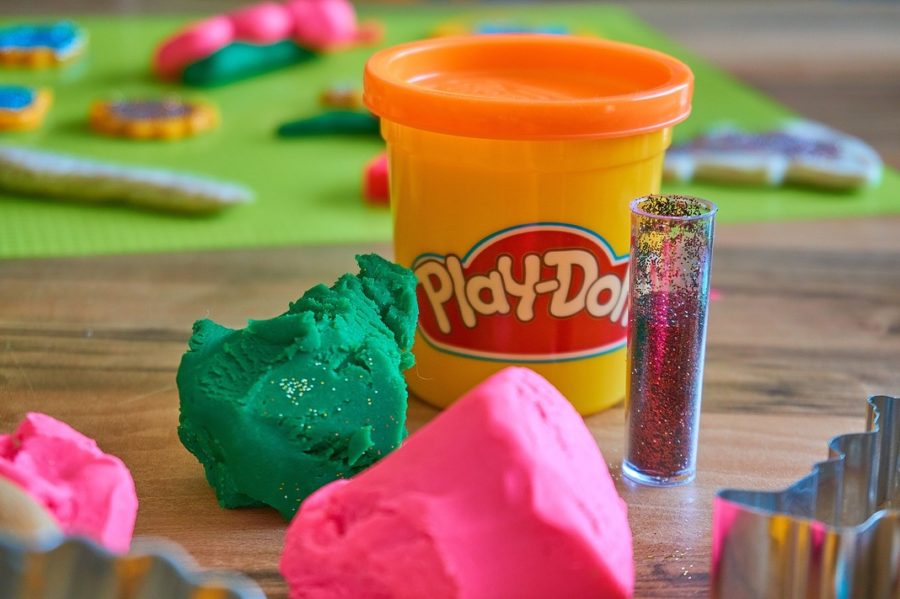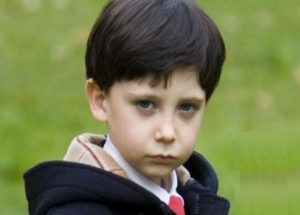Little kids have fantastic imagery and can create large steps and bounds developmentally by leaving them to their own devices using a few basic materials. Here’s why open-ended play is important for growing kids.
Open-ended play is a vital feature of childhood development. It offers students the opportunity to explore ideas and concepts.
What Is Open-Ended Play?
Open-ended play is a child-directed imaginative play. Typically, it includes basic materials that can be used in a number of different (and creative) ways and the sky is the limit, as your child concocts characters and encounters, experiments, and explores their place in the world.
Open-ended play without any definite result is unstructured. No rules or standards exist – children can play freely instead. Because of the many play opportunities, it permits ingenuity and imagination! Open-ended toys do not usually take batteries, but rely on the manipulation and imagination of the child.

Image Source – Pixabay
Importance Of Open-Ended Play
With open-ended play, there are many rewards and learning possibilities. This encourages children to be imaginative, play roles, solve problems, take chances, learn from trials and errors, etc. Open-ended play scenarios are excellent tools for learning new ideas and vocabulary in the language. They promote connexions and talk! Furthermore, it leads to social and emotional growth when the child plays a role. They can explore and convey a variety of emotions and learn to interpret other emotions and social information. It opens the way for empathy, memory, resilience, and self-regulation.
Some children prefer to play in a rigid, organized way, especially on the autism spectrum. Modeling different ways to play open-ended toys helps them to benefit from the practical and natural learning of these skills.
Benefits Of Open-Ended Play
Although it may seem like all of them are fun and free, the fact is that open-ended play is important for the development of a child.
It offers not only a bunch of health benefits but also the enjoyable benefits of being processed and not of any clear desired result.
Open-ended play encourages:
- Imagination
- Experimentation
- Creativity
- Independence
- Problem-solving.
This kind of play allows children to process items in their daily lives that they have witnessed and allows them to improve long-term memory as well. Who knows that stuff like sand and blocks and Play-Doh in little people’s lives can have such an impact?!
Bear in mind that most open-ended toys can simply be “boring” before you think you have to start shopping. Why?
The less a toy does, the more it takes for your child to connect and interact with it, stimulating his imagination. Take a toy that lights and beeps-he don’t have to do anything to keep himself amused. But if he doesn’t get imaginative, a ball of playing dough or a box of toy bricks don’t do much on their own.
Although a stick or toy figure is not inherently better than the other, open-ended toys and games offer a number of advantages to children:

Image Source – Pixabay
1. Encourages creativity
Let’s say your kid got an Elmo toy and he can push buttons to make him talk and sing. It’s fun and knows what happens when you click the buttons: pushes a certain part of the toy and play a tone.
But it’s more about what he can do with the toy. He has already given characteristics to the toy because he’s a popular character. Elmo is male, talks in a high-pitched voice, for instance, and lives on Sesame Street. He knows his friends’ names as well, and what he likes and doesn’t like.
Now let’s presume he got a stuffed non-branded monkey toy. It does not have any existing features, so he can determine if the monkey is a boy or a girl. The monkey doesn’t even have a smile on his face, so, depending on his mood, he can pretend that he’s happy or sad.
He decides the world of the monkey and is more likely than Elmo to play with the monkey for much longer. The monkey will more than develop into a character-led toy to his needs and imagination.
2. Timeless
Many open-ended children’s toys in which we play in our childhood today are the same. Simple, eternal, and lasting across the ages. The same excitement that you once had for opening a cup of play dough is the same that your child would now feel.
These toys that inspire imaginative play are not fads or the “hottest toys” this year. They are the ones your kids already play with.
3. Promotes problem-solving
With “entertaining” toys, one restricting aspect is that they leave children as passive participants.
Picture a toy playing music by pressing a button for your kids. It’s interesting, and it keeps him occupied … but it’s pretty much that. Sure, he discovers cause-and-effect: “I hear music when I click this button.” Which is awesome, yet restricting, again.
Take an open toy like blocks instead. “They have the same feature of cause and effect, but in a wider range:” When I stack too many blocks, they fall.” “It makes a sound when I hit two blocks together.” “And when I put the square on the rectangle, it stays, but it falls on the ball.
And since there are no simple directions for open-ended toys, he has to solve problems on his own. For example, without them falling down, he learns how to stack the blocks so they resemble a house.
4. Helps process information
Let’s just assume that your child struggles sometimes to be home all day rather than at school. He doesn’t understand why his grandparents can’t come, much less go for fun weekends. This “new standard” feels anything but, as much as he likes being with you.
So then he discovers his stuffed beasts and pretends to have a conversation with them both. The stuffed animals are “friends,” and one says to the other, “I can’t see you right now.” He mimics, as he does with his classmates, a simulated interaction between the two of them.
He is able to re-enact much of what he experiences through open-ended play, feeling confident that the two animals are still friends.
Or imagine parents giving a baby doll to their daughter at the same time that her new baby brother is born. To process the immense changes a new baby will bring, she takes her doll and plays “mom” with the baby.
Open-ended toys lend themselves to pretending to play, allowing children the ability to deal with and process all the knowledge they see. They help children understand their environment and make sense of any changes in their lives that arise.
Open-Ended Play Activities
There are plenty of ways to build opportunities at your location for this style of play. A couple of ideas may include:
- Give a box of dress-ups to your child and allow them to put on various characters.
- In a corner of the kitchen, set up a craft table, and inspire your child to explore making stuff on their own terms.
- Plonk on the kitchen table with some Play-Doh and provide some kitchen utensils to experiment with.
- Find a room in the courtyard with containers, paddles, and moulds for a sandpit.
- Set up a water playing activity in the back yard or courtyard on warm days. Hours of fun can be provided by various sized pots, watering cans, and empty plastic bottles. Often track children around the water.
Many are the advantages of open-ended play. Discover how to promote open-ended play to improve the creativity and imagination of your child.
Also Read: Benefits Of Activity Boxes For Kids













